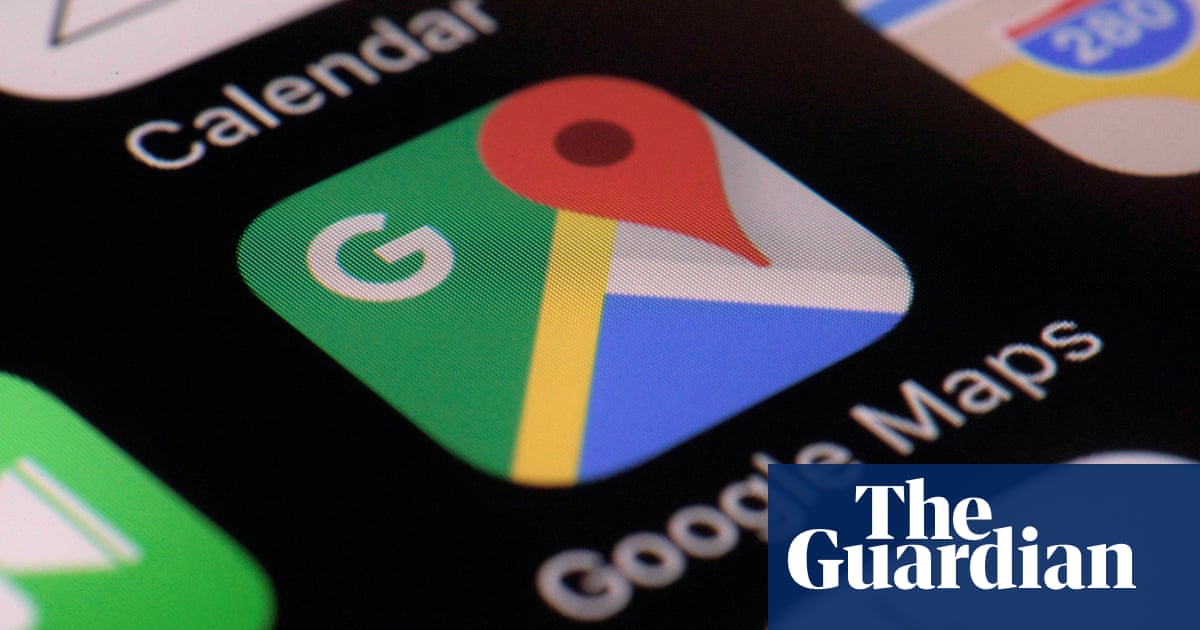

I know and what I’m saying is that all those project are moving very slowly while projects like GraphneOS/LineageOS already offer open, privacy oriented phones with good hardware and lot’s of apps. This is simply where more effort is going, where we’re seeing more progress and our best chance at getting “Linux phones”.





Can you put this in a npm package so I can use it in my project, please?